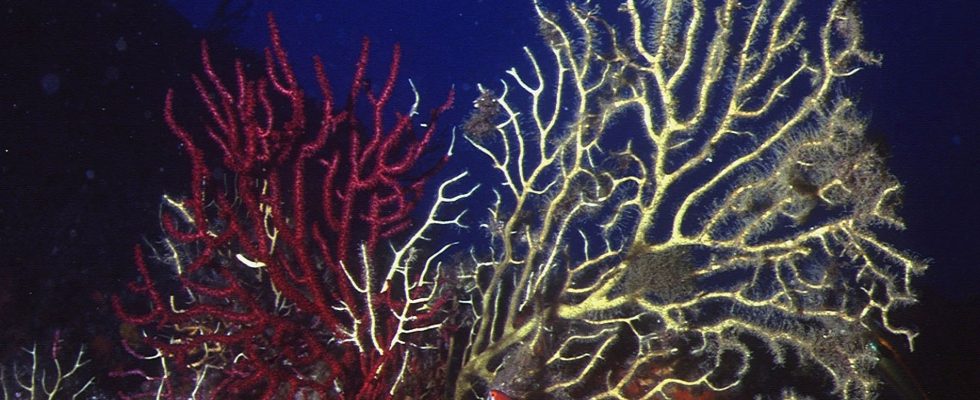On the satellite maps some areas turn bright red. While the planet experienced its warmest month on record in June, the seas and oceans are following a similar dynamic and are overheating… In recent weeks, one of the most significant marine heat waves ever recorded has settled in the North Atlantic, off the coasts of Ireland and the United Kingdom. Deviations from normal could reach 4 to 5°C. Never seen. “The anomalies extend from the equator to the polar circle, with enormous amplitudes”, is surprised Fabrice Pernet, researcher at the French Research Institute for the Exploitation of the Sea (Ifremer).
Between March and May, the average temperature at the surface of the oceans reached an all-time high in 174 years of measurements, exceeding the average of the 20th century by 0.83°C, according to the data from the United States Oceanographic Administration. “We speak of a sea heat wave when the surface temperature is higher than 90% of the time for more than 5 days, and the Atlantic is clearly in this scenario”, underlines Fabrice Pernet.
Deep warming
Global warming plays a major role in the multiplication of these phenomena: eight of the ten most extreme ocean heat waves have been observed in the last decade. According to IPCC scientists, the current trajectory of our CO2 emissions could make these events 4 to 50 times more frequent by 2100. Other specific factors such as the presence or modification of certain currents, or the intensity of the winds , can also contribute. Pointed out for its effect on atmospheric temperature records, the El Niño phenomenon, on the other hand, seems too localized in the south-eastern Pacific to have an impact on the North Atlantic.
Algae, corals, fish… The increase in temperature locally affects an entire ecosystem where a large number of species live. “When these thermal anomalies do not last, marine organisms manage to resist, but the effects can be destructive when these extreme temperatures persist for a long time”, explains Fabrice Pernet. It is difficult for the moment to determine the impacts of the current heat wave, but past events raise fears of the disappearance of certain species. Last year, in the Mediterranean, the sea heat wave was very strong, affecting certain species such as the large red gorgonians, corals with flamboyant colors. “What makes a heat wave serious is also the warming of the water at depth, which affects ecosystems that never know these temperatures”, underlines Thierry Pérez, research director at the CNRS, specializing in marine ecology. .
Oysters could benefit
In the Mediterranean, around fifty species, including gorgonians but also sea urchins or molluscs, experienced massive mortality between the surface and 45 meters deep, thus an international study last July. “We have witnessed real underwater fires, with 100% decimated species in certain areas”, continues Thierry Pérez. A finding that is all the more alarming as some of these “engineer” species constitute refuges for others.
Conversely, some organisms could benefit from this warmer water, which is often conducive to reproduction. “The increase in temperature is very favorable to the oyster, which will grow faster and reproduce earlier, which means that the harvest will potentially be better and earlier in the year”, notes Fabrice Pernet, whose work addresses this question. Favorable certainly, but up to a certain point. Too much warming can cause a lack of oxygenation and the death of oysters, as was observed in 2018 in the Thau pond. “The geographical location of oysters has been rising along the coast for several years, recalls Fabrice Pernet. In the future, its southern limit could also change, with the risk of future heat waves.”
